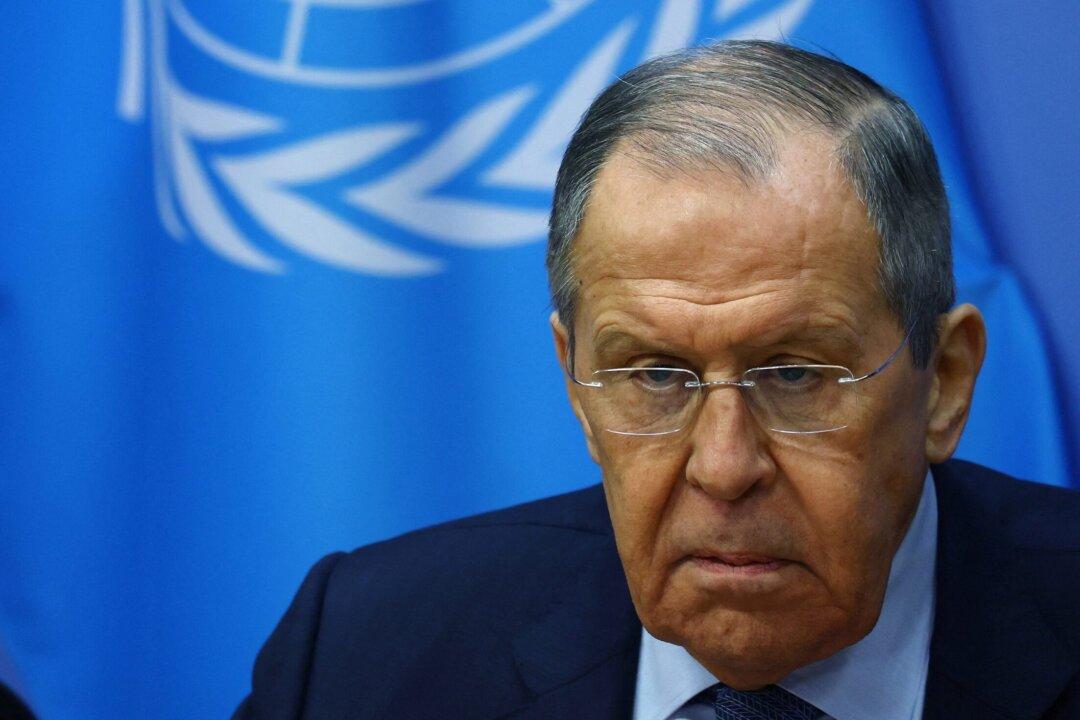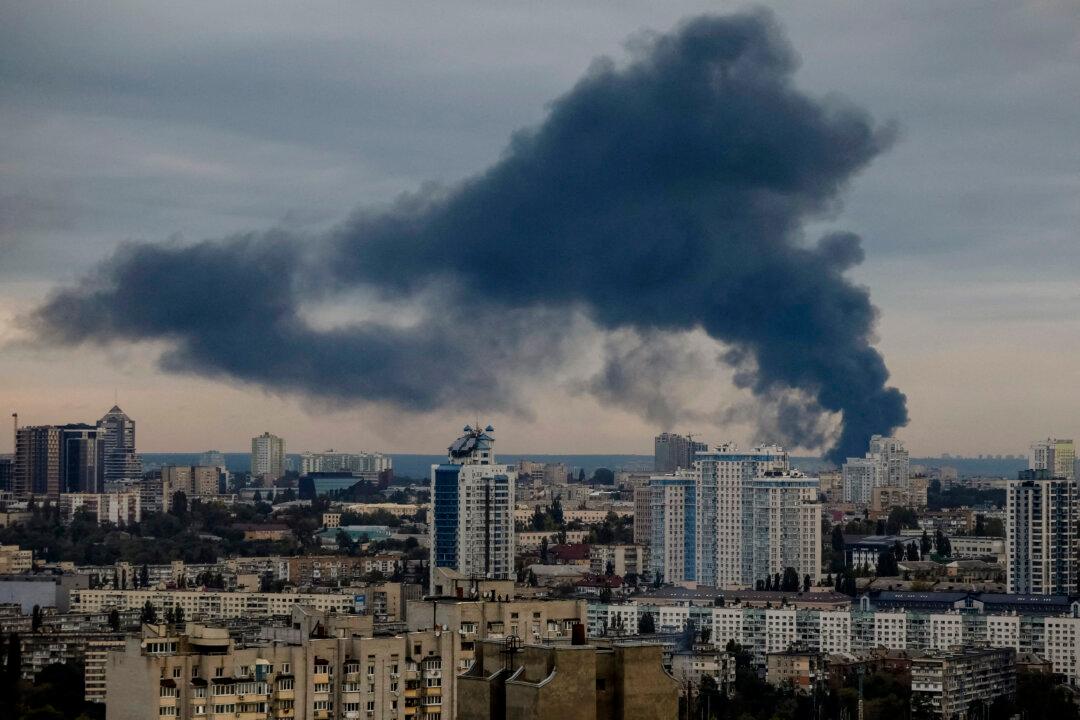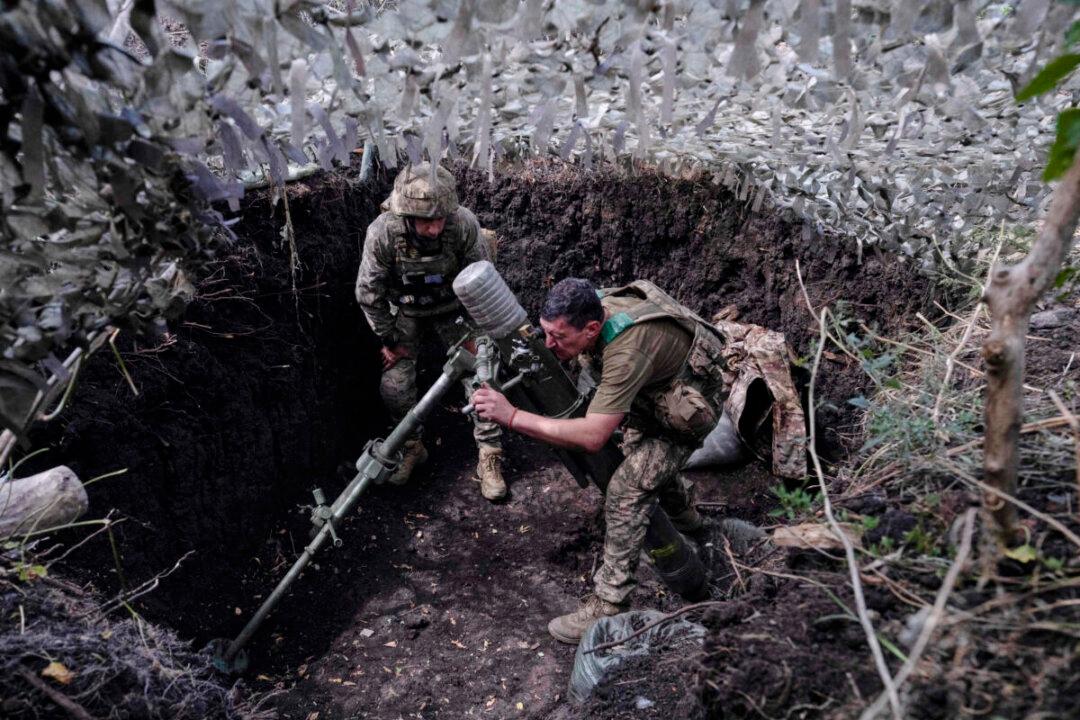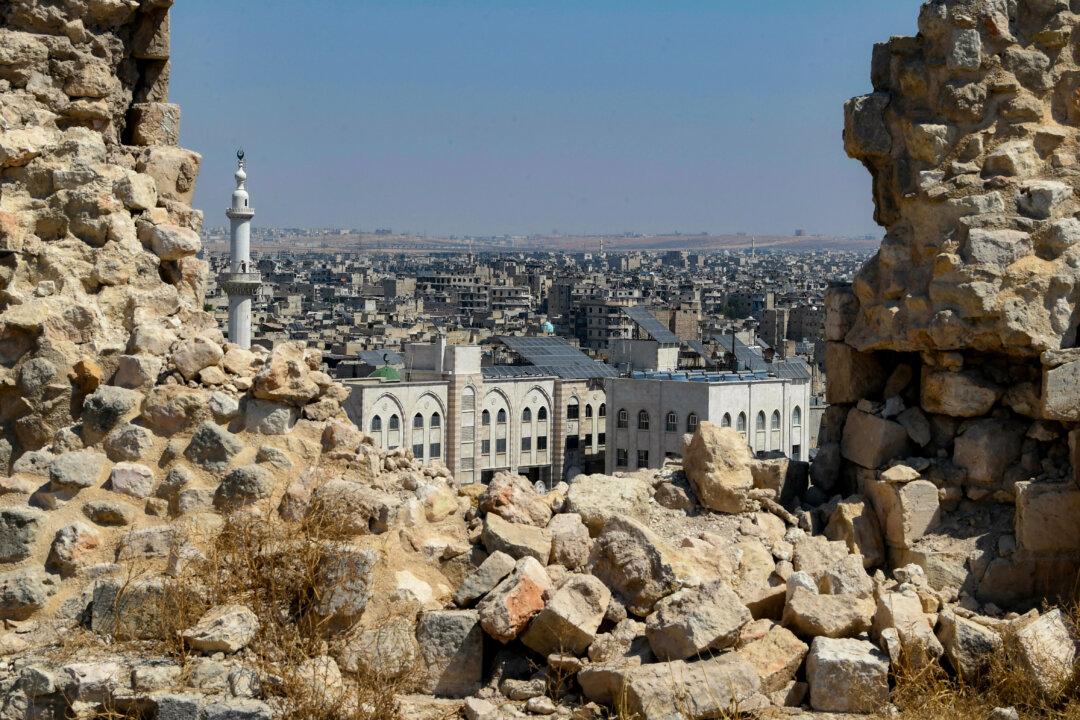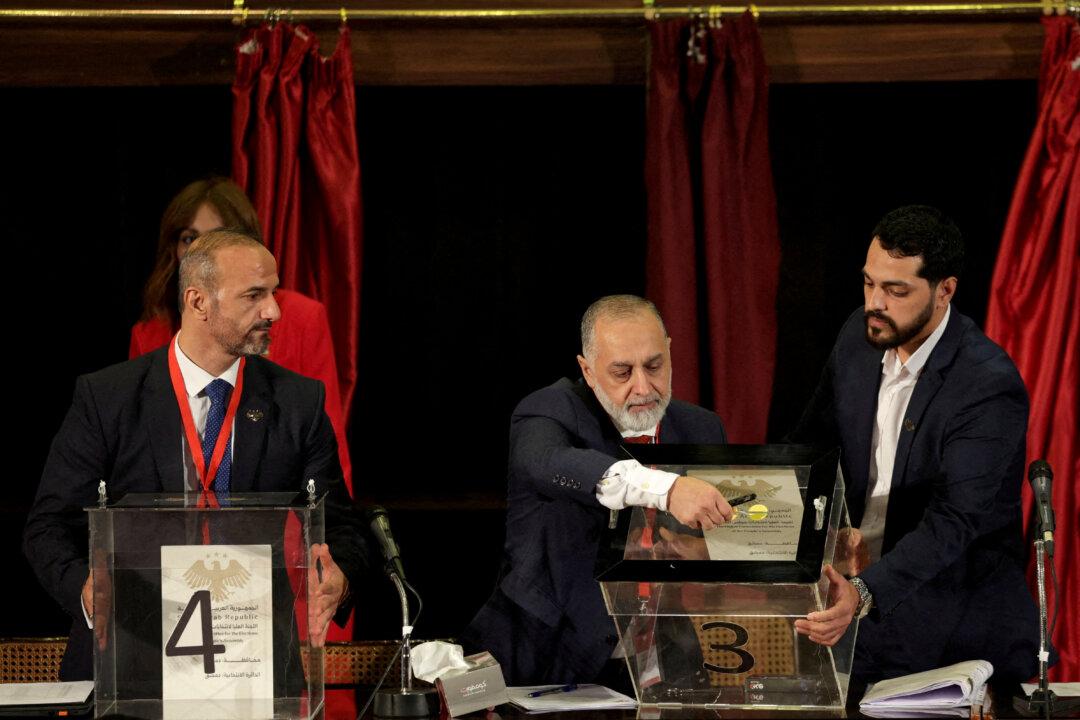Russian Foreign Minister Sergey Lavrov has expressed Moscow’s dissatisfaction with key aspects of a Ukraine cease-fire plan reportedly under consideration by U.S. President-elect Donald Trump and his incoming administration.
“We are certainly not satisfied with the proposals made by representatives of the president-elect’s team to postpone Ukraine’s membership in NATO for 20 years and to deploy a peacekeeping contingent of ‘UK and European forces’ in Ukraine,” Lavrov said in a Dec. 29 interview with Russian state news agency TASS.
